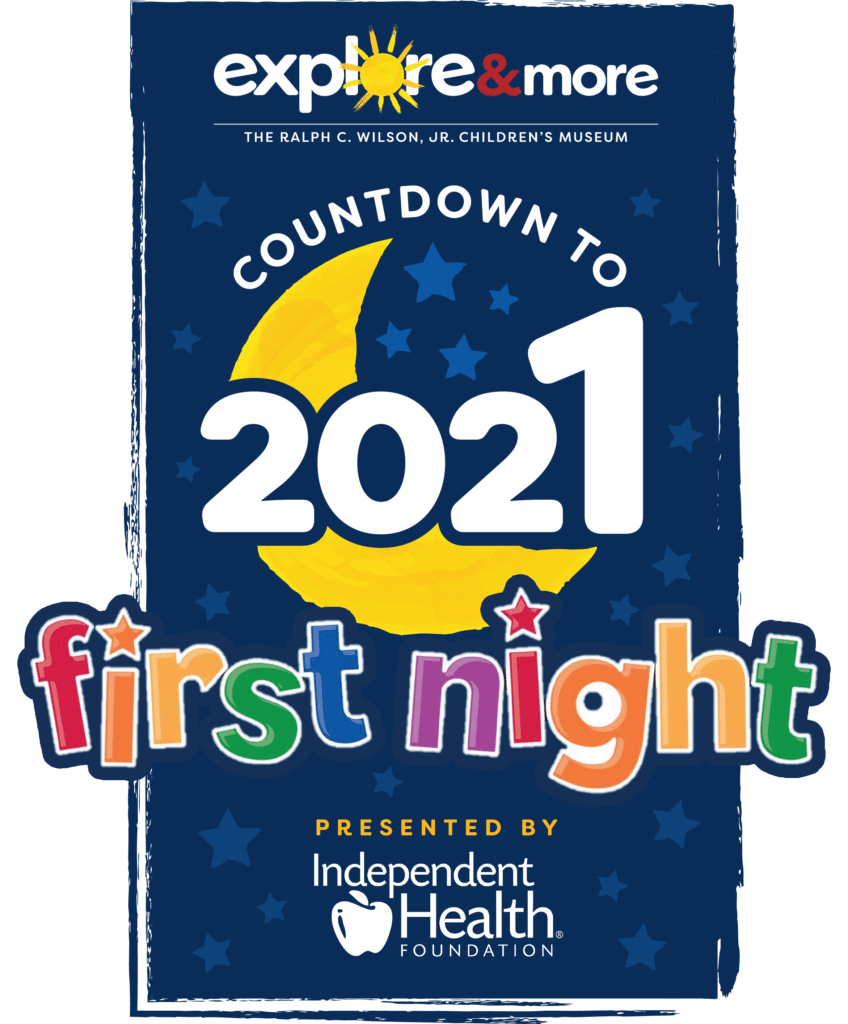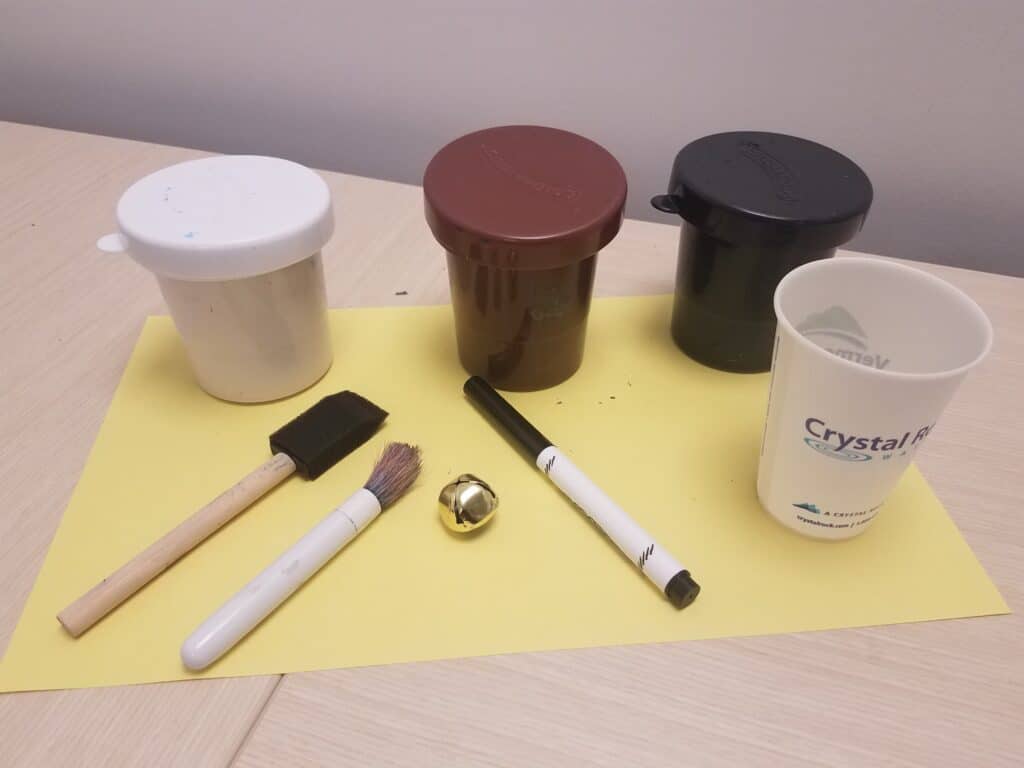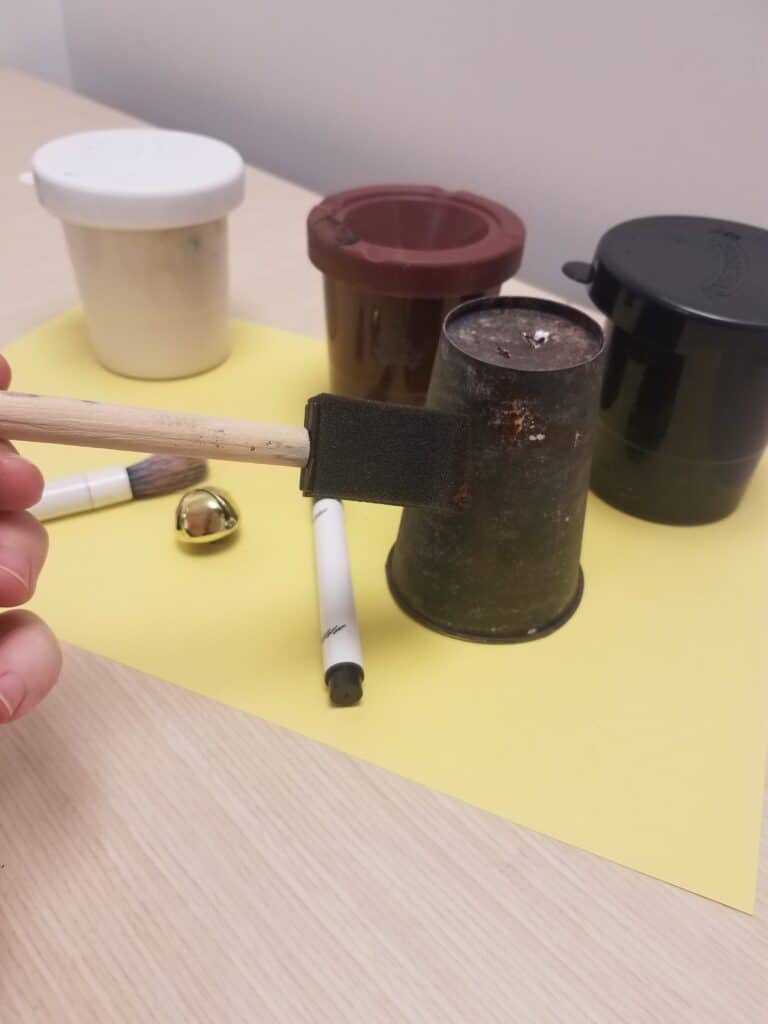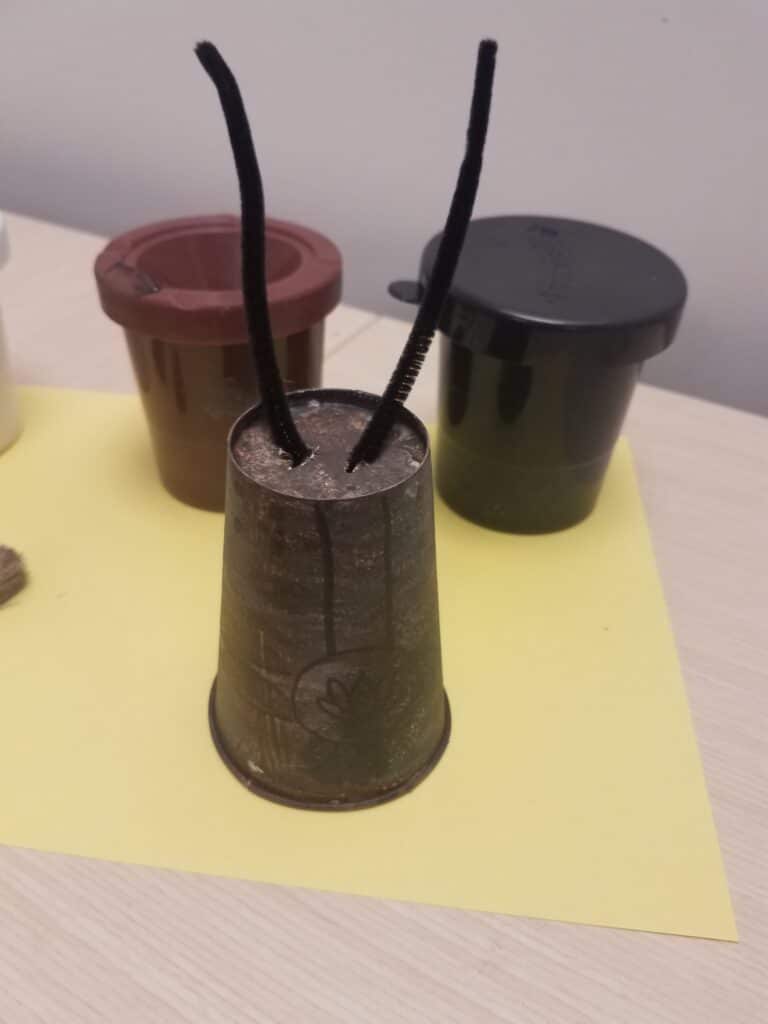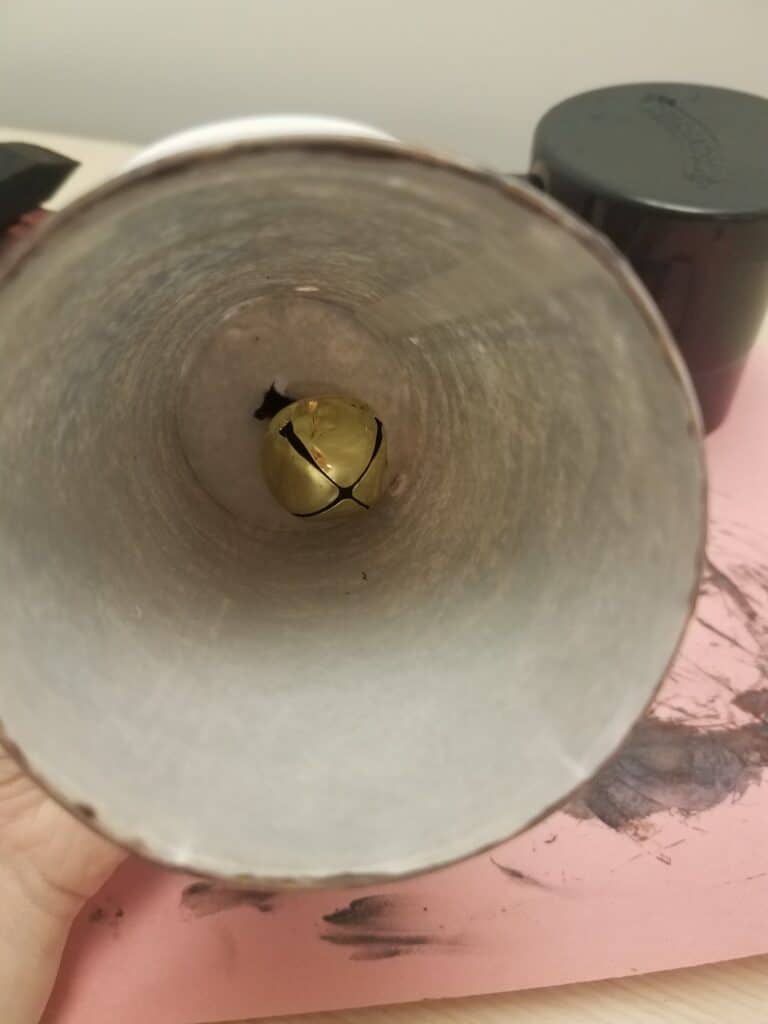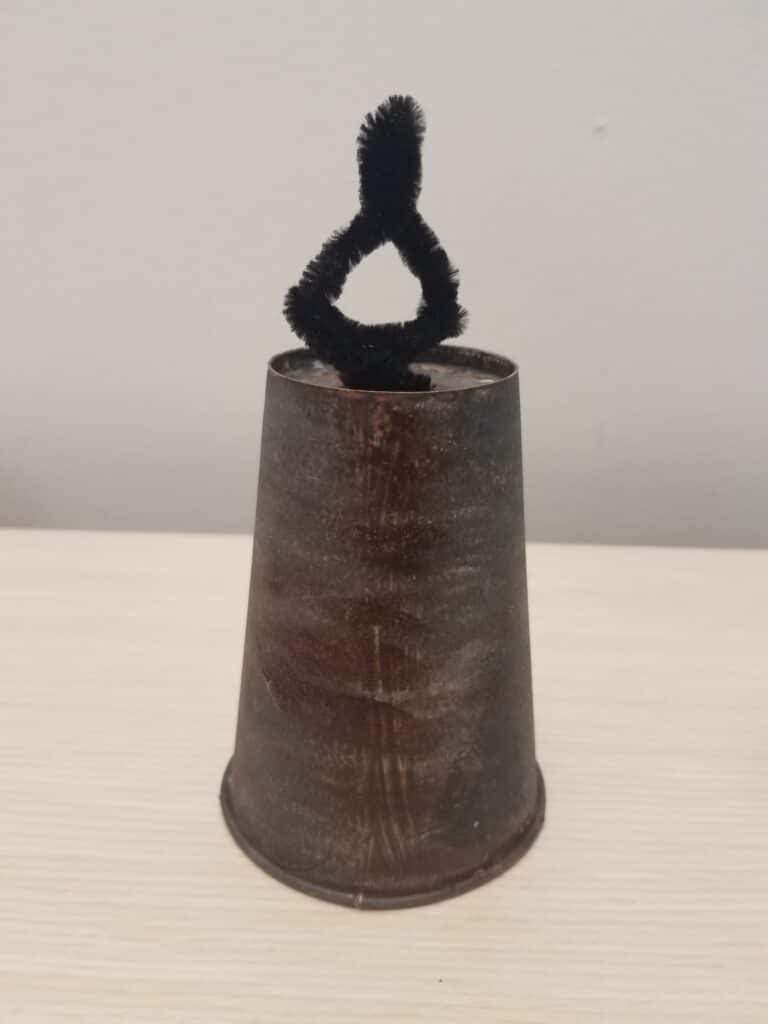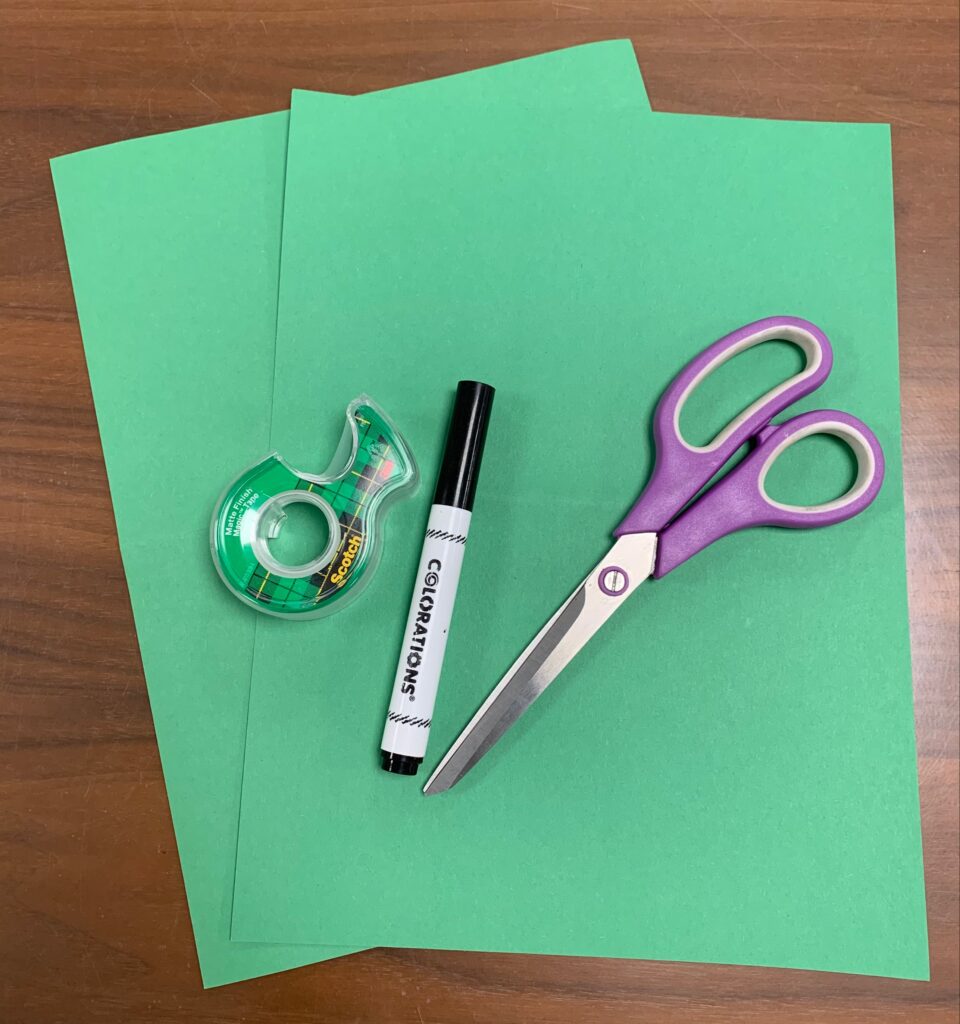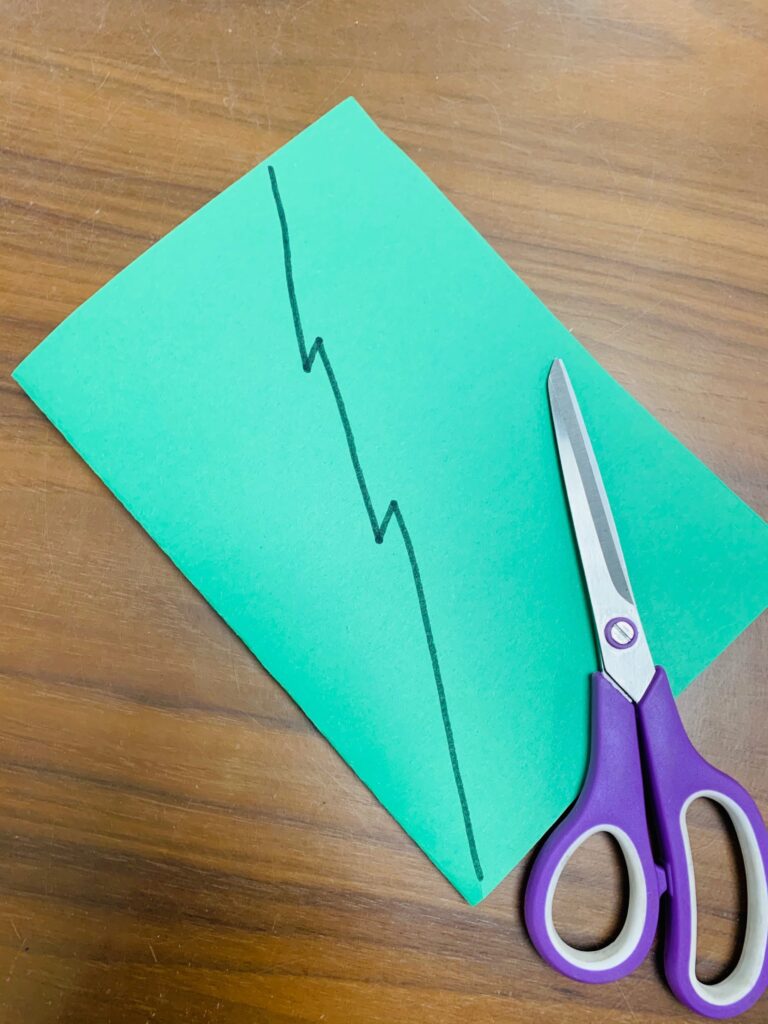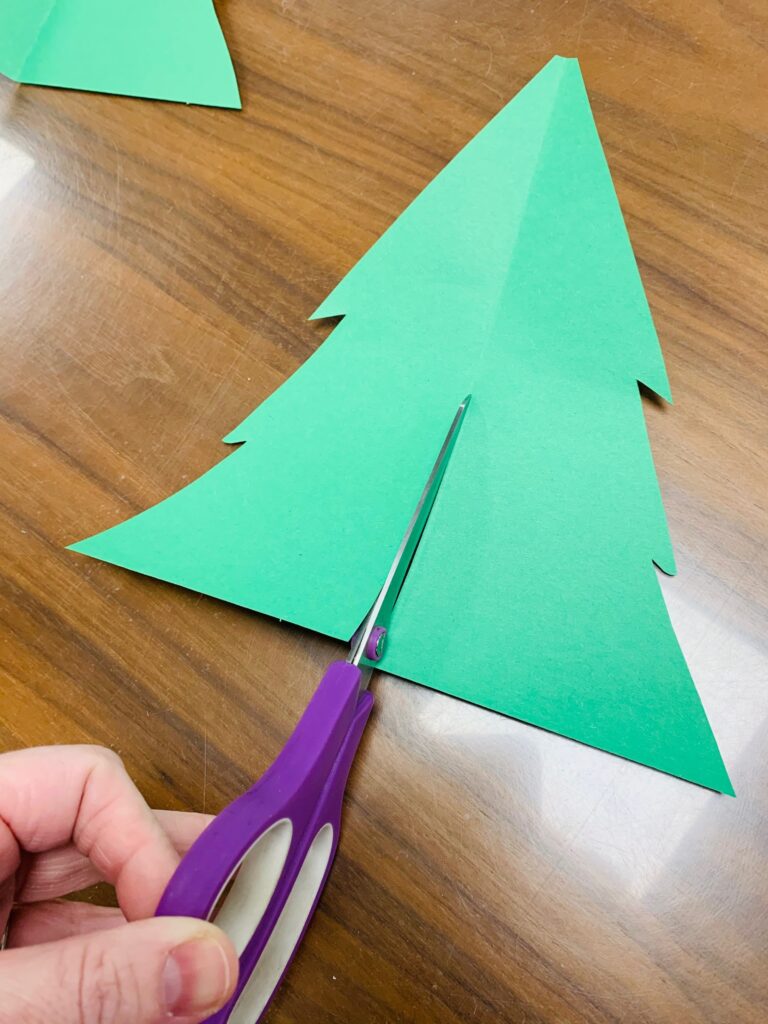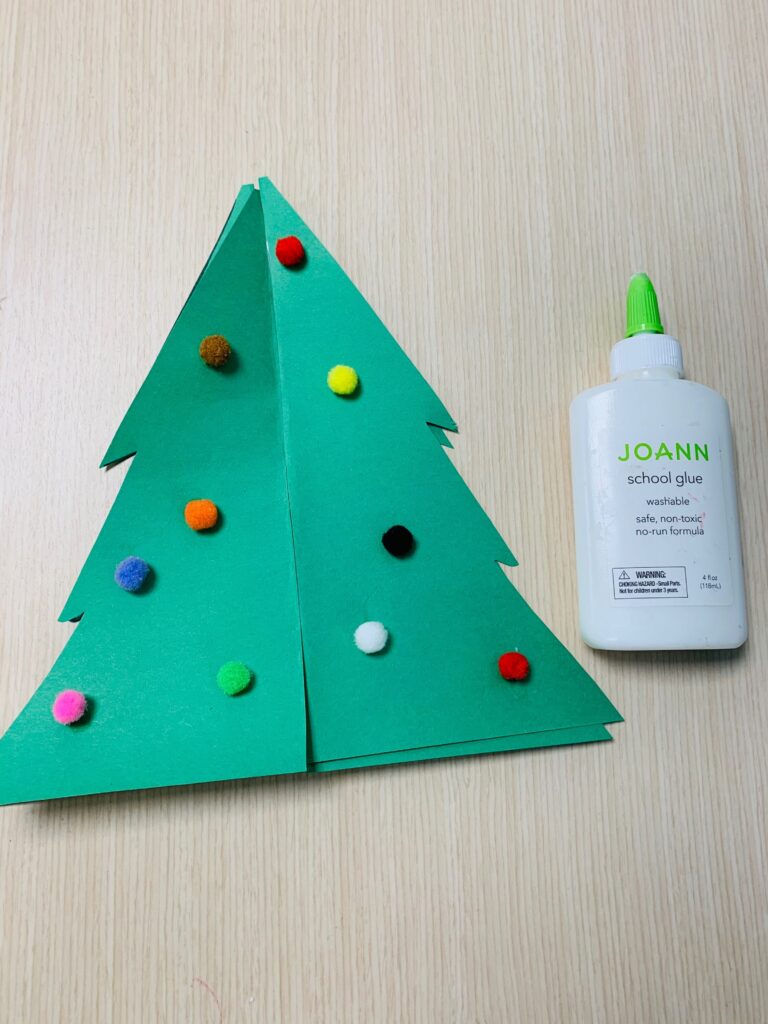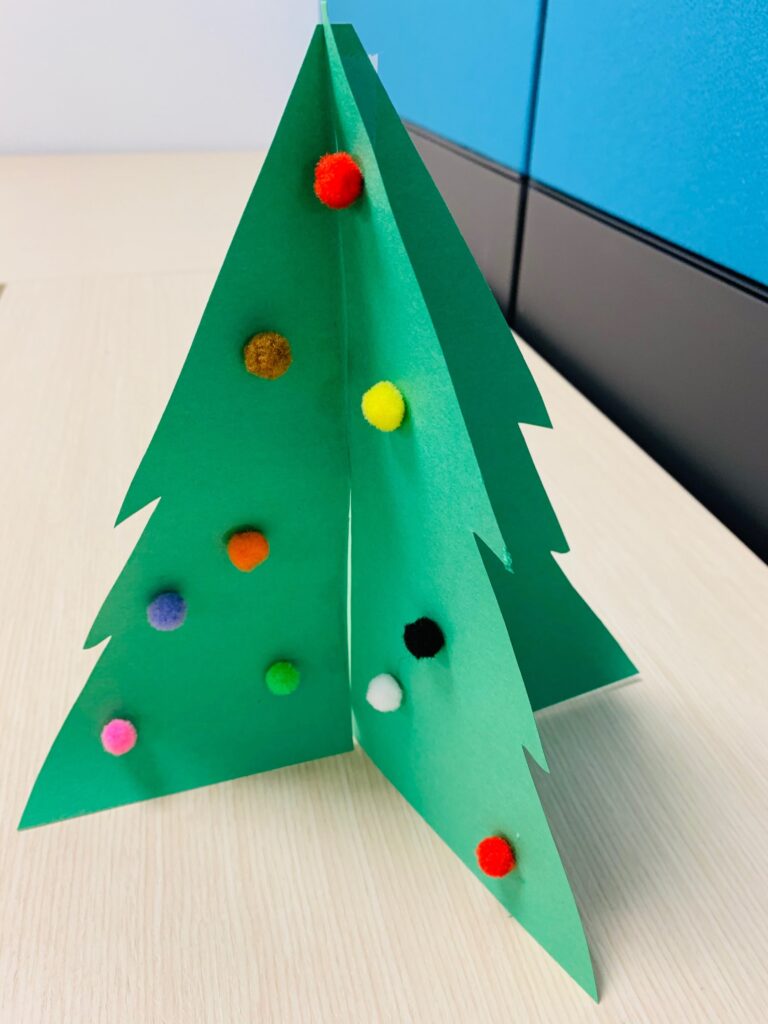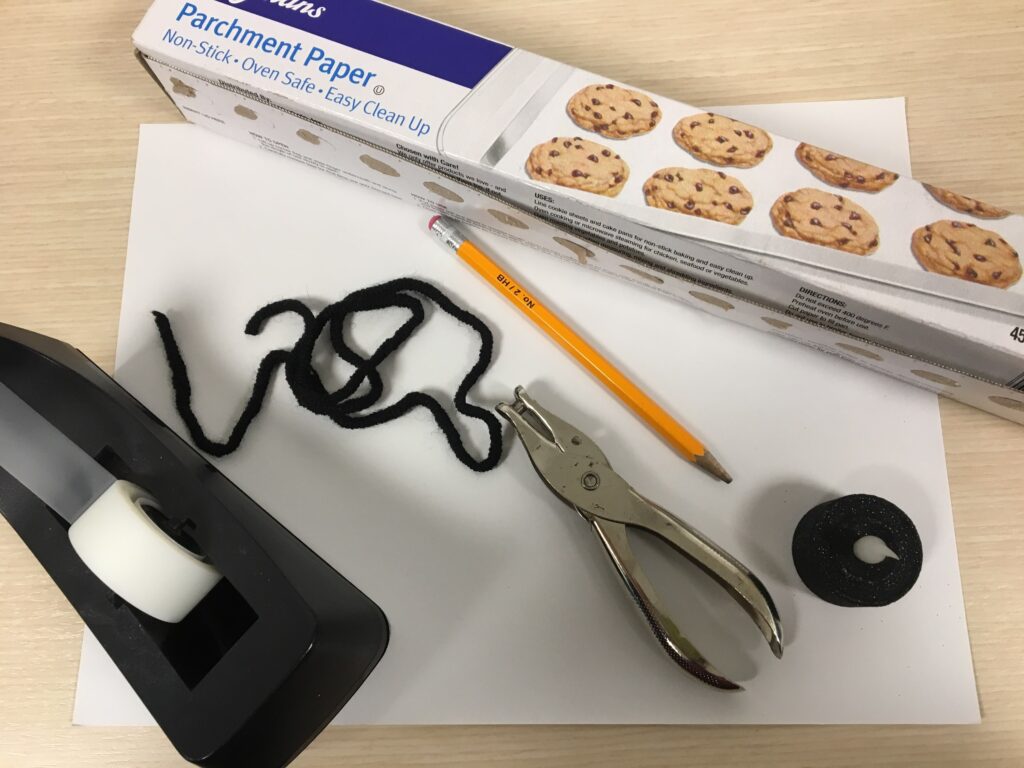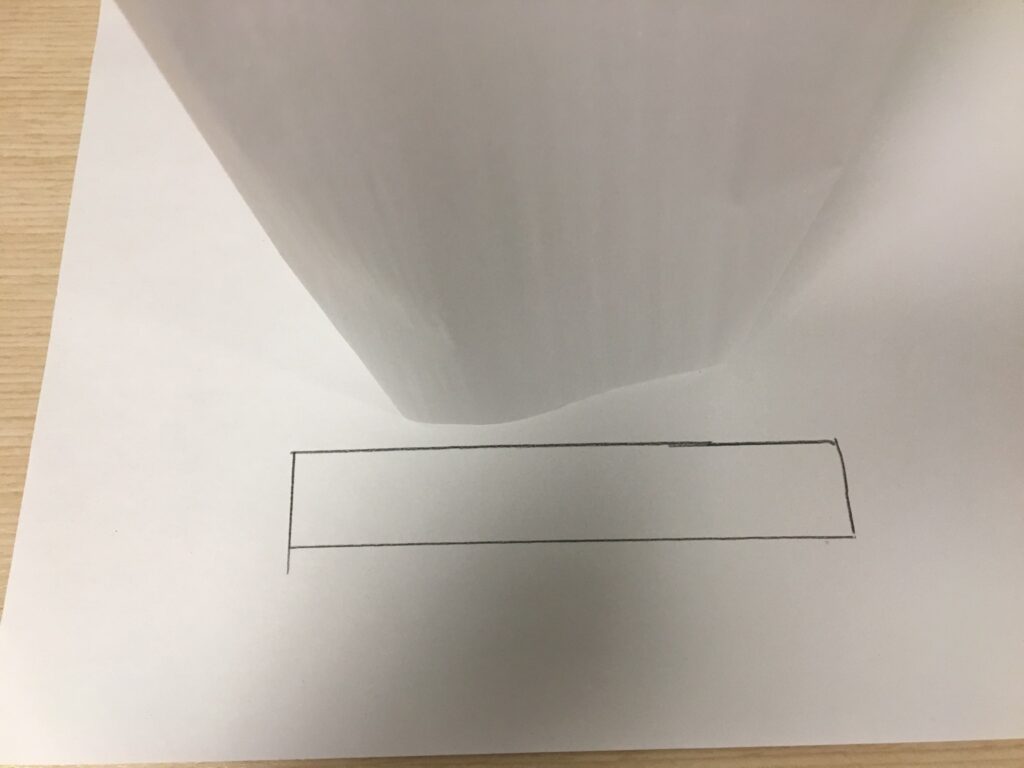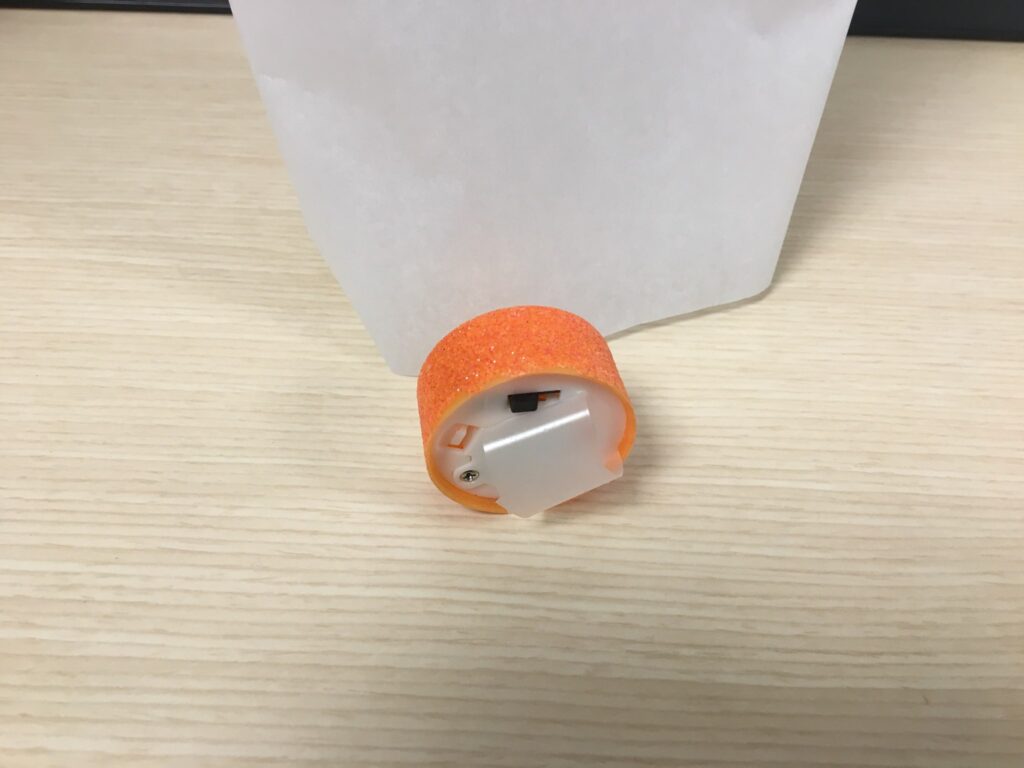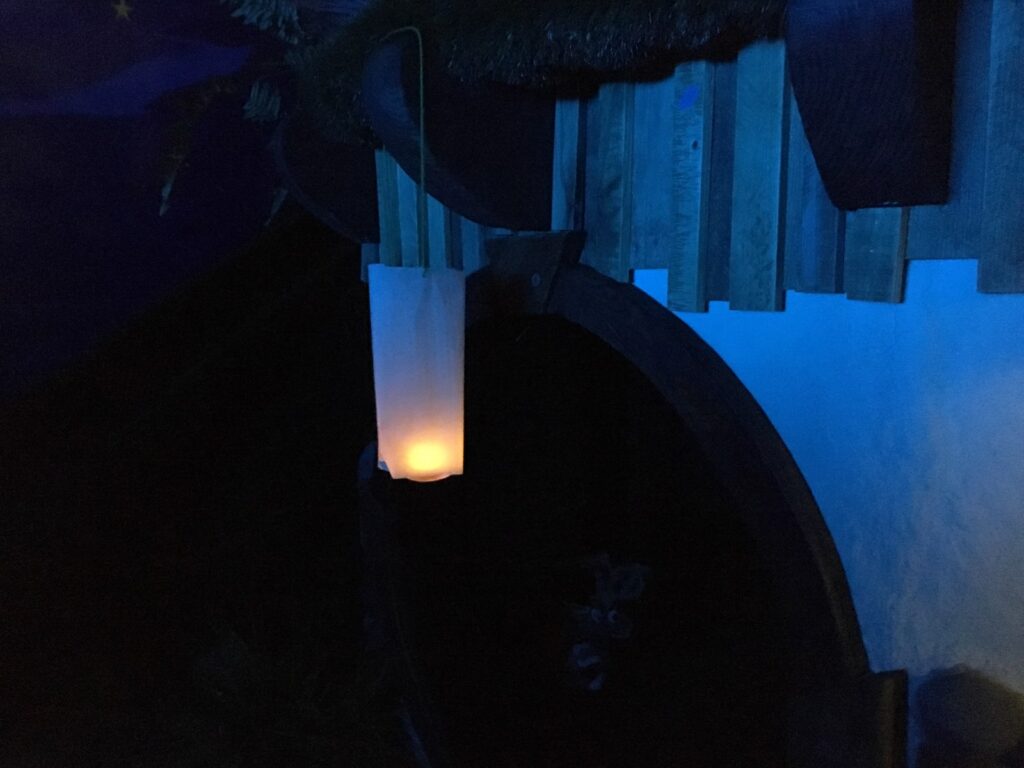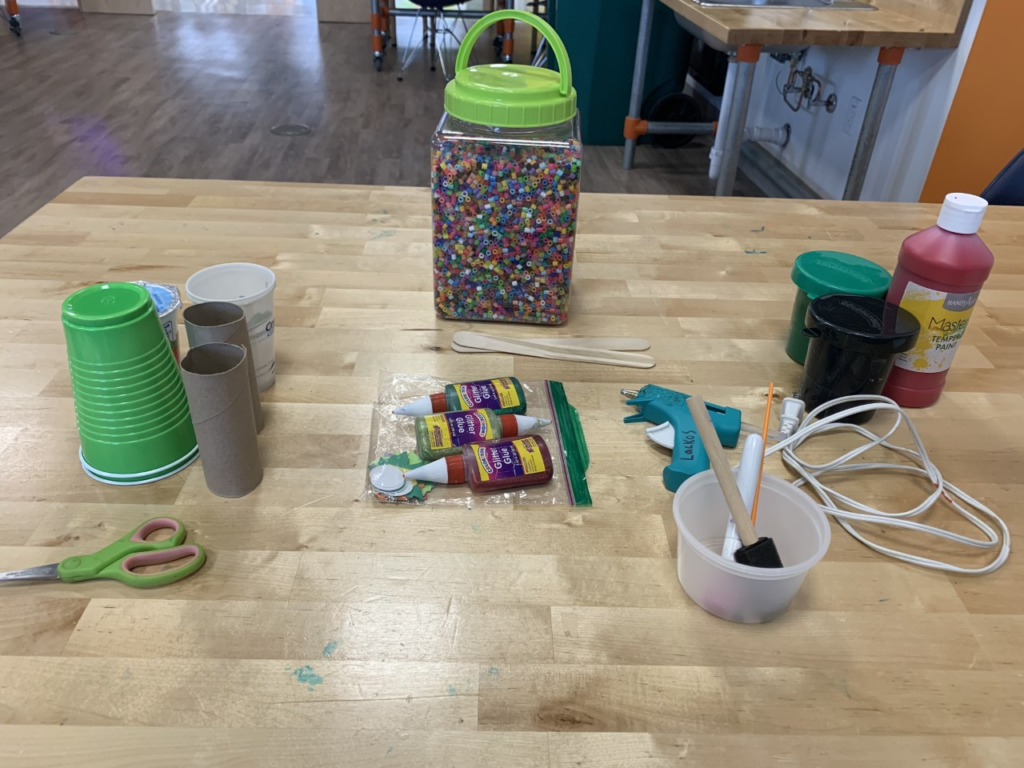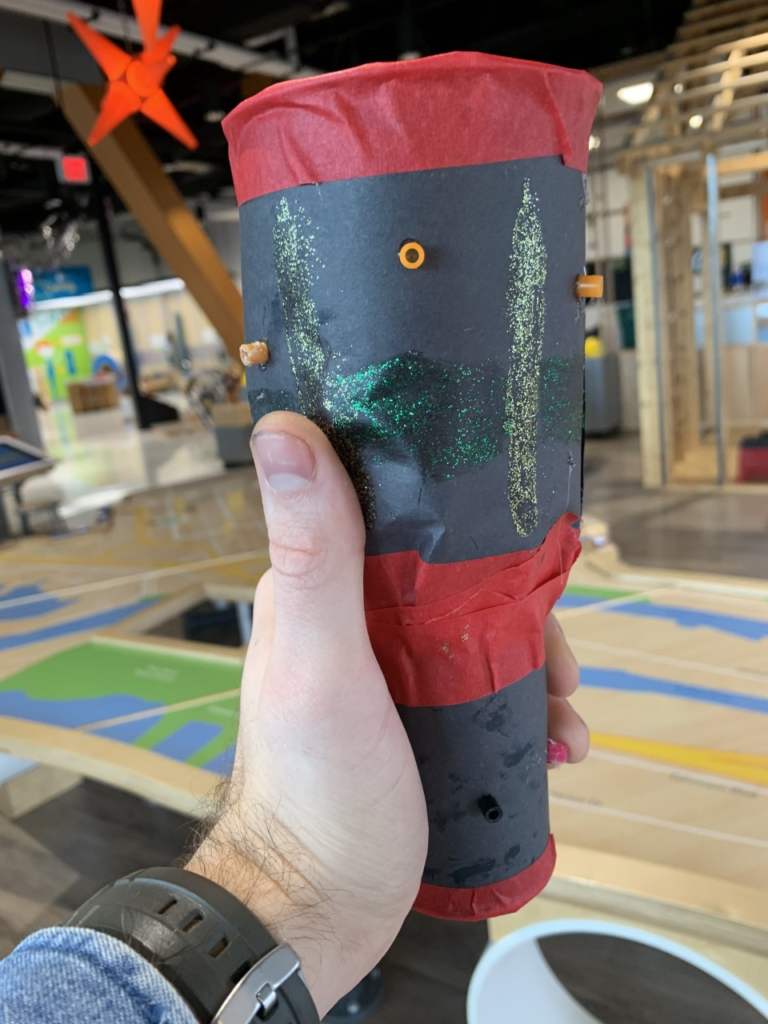By: Jacalyn Slingerland, Play to Learn Facilitator
This lesson gives you and your child the information needed to help make S.M.A.R.T goals. S.M.A.R.T is an acronym that stands for specific, measurable, achievable, relevant and timely. It’s always awesome to set a new goal for yourself, especially around the new year. This is called a new year’s resolution. Do you have any goals for the new year? Maybe you want to spend more time with your family, ride your bike more often, earn a better grade in a class, or eat healthier. Setting a S.M.A.R.T goal will help you meet your new year’s resolution.
When writing your goal keep in mind you want your goal to be specific, measurable, achievable, relevant, and timely.
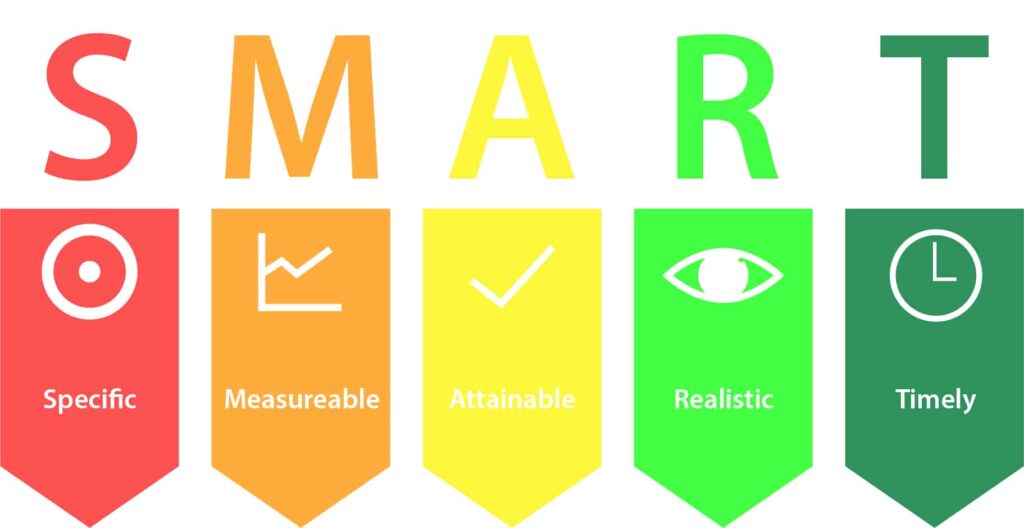
Specific: Meaning well defined and clear. Is the goal linked to a single activity or one thought?
Measurable: You’ll use specific criteria to measure your progress. Can you plot your progress on a graph? You’ll want to see your progression as you come closer to your goal.
Achievable: Attainable and not impossible to achieve. Think about what task you’ll be doing. Think of obstacles you might find on your way; would they make your goal unrealistic?
Relevant: Your goal should be within reach and relevant to your life. Ask yourself: Is this worthwhile?
Timely: Write your goal with a clearly defined timeline, including a starting date and a target date. How long will it take to achieve your goal? Days, weeks, or months?
Example: I want to eat more fresh vegetables. Specifically, I will be following the federal guidelines recommendation for healthy eating. Eating more vegetables daily will help me to be healthy and strong. Every day I should eat 2-3 cups of vegetables, or 5 servings. Every day I will write down how many vegetables I’ve eaten. Even if I don’t meet my goal amount it’s ok if I’m keeping track of my progress. By the end of next month, I want to have eaten 3 cups of vegetables every day for a week straight. I will start by eating a cup of vegetables for lunch today, and a cup of vegetables for dinner tonight. An obstacle I may face would be running out of vegetables in my fridge. I can avoid this obstacle by regularly updating my grocery list, visiting the grocery store once a week, or simply buying more vegetables while I’m at the store next.
Materials:
Pen, Paper
Optional: Different colored writing utensils to keep track of your S.M.A.R.T goal.
(I used red, orange, purple, green, blue)
Length:
15-30 minutes
Academic Subject(s): 1L4, 1L5, – 4L3
This lesson supports First to Fourth Grade.
Directions:
Step 1: Think of an achievable goal you’d like to have for the new year. Make sure it is relevant to your life!
Step 2: Follow my example with eating more vegetables; I make sure my goal is specific and measurable. How will you measure your goal? How will you know you’ve completed your goal?
Step 3: Make your goal timely by giving yourself a start and end date. It’s ok if you need a long time to finish this goal!
Step 4: (optional) when you write your goal, use multiple colors to make sure your goal is S.M.A.R.T!
Step 5: Hang your new year’s resolution in a spot you can see it so you can track your progress.
Step 6: Tell your friends and family about your goal so they can help you!
Vocabulary Words
Acronym: An abbreviation formed from the initial letters of other words and pronounced as a word.
New year’s resolution: A promise to do something differently in the new year.

